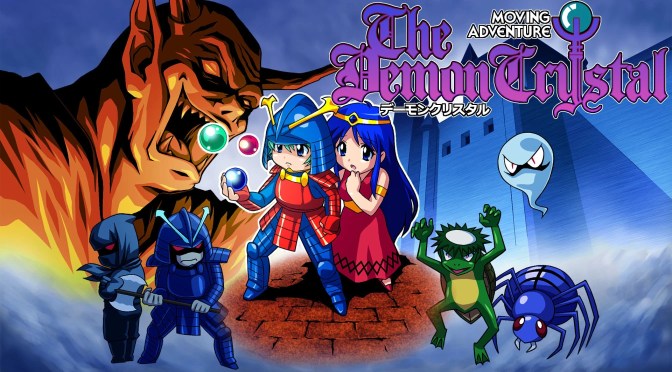It’s always interesting to look back at anything that claims to be a “pioneer” of something — especially when the title in question isn’t as well-known as some of its peers.
That’s why I was intrigued to take a look at The Demon Crystal, a game that originally released for a variety of Japanese home computers back in the mid-’80s, and which more recently had an enhanced port to Windows PCs and Nintendo Switch.
Original creator YMCAT and new publisher Regista claim that The Demon Crystal was a pioneer of the action RPG genre, although from a casual glance you’d be forgiven for thinking it was a straightforward arcade game. What does this peculiar adventure have to offer?










